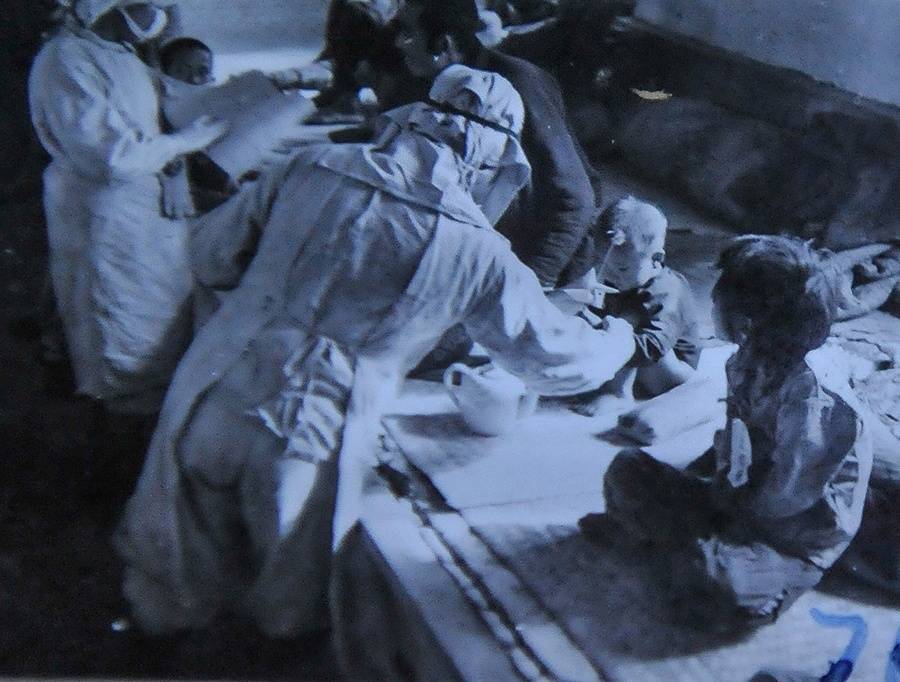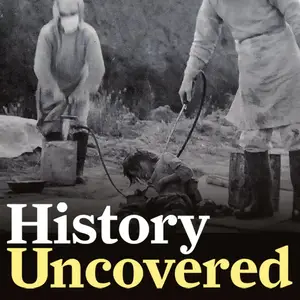Germ Warfare

Xinhua via Getty ImagesResearchers with Unit 731 conduct experiments on captive child subjects in China’s Jilin Province. November 1940.
Of all the Japanese war crimes, germ warfare was one of the worst. During World War II, Japanese units weaponized deadly diseases like the bubonic plague and knowingly released them onto Chinese civilians.
In the late 1930s, Japanese General Shiro Ishii established a medical facility near the Chinese city of Harbin (then part of the Japanese puppet state of Manchukuo.) Publicly, the facility was known as the Epidemic Prevention and Water Supply Unit. But Ishii had actually created the notorious Unit 731, which conducted a number of horrific medical experiments on civilians.

The Guardian reports that Unit 731 conducted experiments meant to weaponize diseases. They gruesomely carried out vivisections of live prisoners to cultivate samples of typhoid, cholera, and other illnesses.
The unit also put together “bombs” that were filled with wheat, rice, or cotton — and fleas that were infected with the bubonic plague. When dropped on Chinese villages, these bombs released the infected fleas, which rapidly spread the devastating illness among civilians.
As many as 300,000 innocent people may have died from this germ warfare, but it took a long time for any sort of justice to be served. That’s because, after the war, the U.S. secretly granted immunity to Ishii and his collaborators in exchange for access to their inhumane research.
It wasn’t until 2002 that a Tokyo court acknowledged that Japan had employed biological warfare during World War II, admitting: “The evidence shows that Japanese troops, including Unit 731 [the secret experimental unit] and others, used bacteriological weapons on the orders of the imperial army’s headquarters and that many local residents died.”





